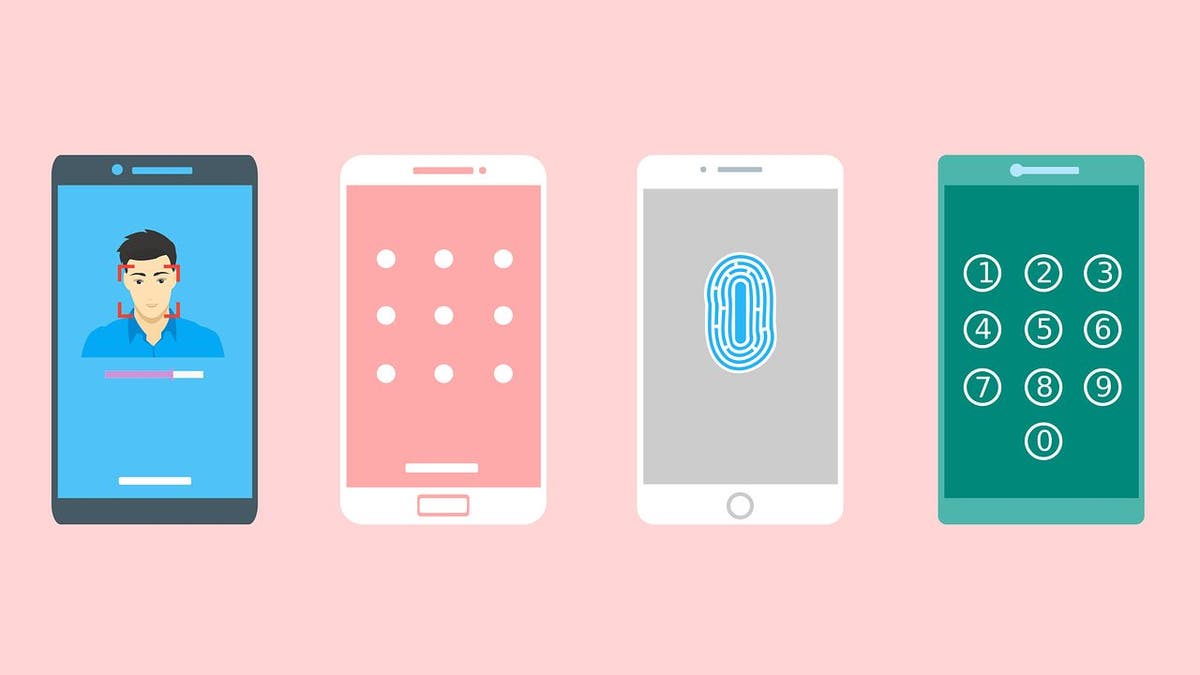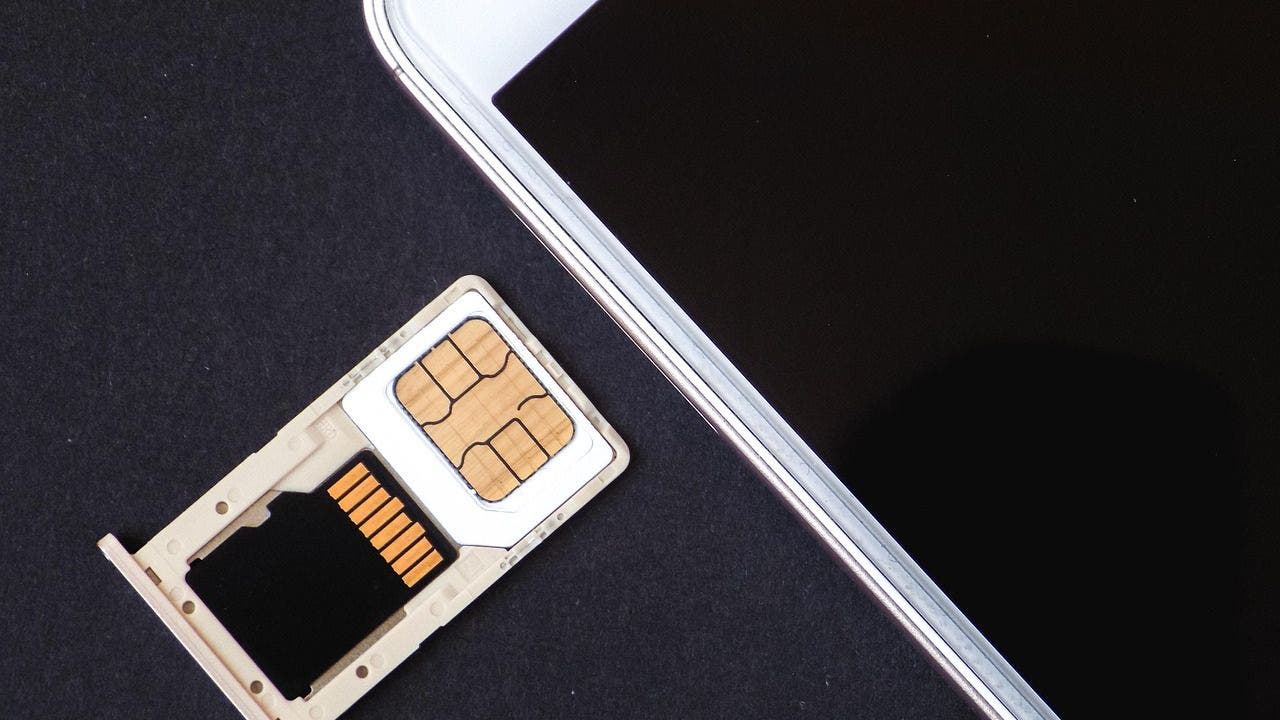A San Fernando Valley, California, man has been sentenced to more than five years in federal prison after orchestrating a massive fraud operation that targeted dozens of victims, many of them elderly.
Oren David Sela, 36, stole mail, hijacked phone numbers through SIM swapping, and used victims’ identities to drain bank accounts, stealing over $1.8 million.
Here is how the scheme worked and what you can do to avoid becoming a victim of a similar attack.
Join The FREE CyberGuy Report: Get my expert tech tips, critical security alerts, and exclusive deals — plus instant access to my free Ultimate Scam Survival Guide when you sign up!
What is SIM swapping?
SIM swapping is a form of identity theft where a scammer tricks a mobile carrier into transferring your phone number to a new SIM card they control. Once they hijack your number, they can intercept text messages, including verification codes, and gain access to your bank accounts, emails and more.
There are two common ways scammers pull off SIM swaps:
- Social engineering: They impersonate you and contact your phone carrier’s customer support, claiming their phone was lost or stolen. They then convince the carrier to activate a new SIM card with your number.
- Insider threats: In some cases, scammers bribe or trick employees at mobile carriers into switching the number without following proper verification steps.
Once they control your phone number, they can:
- Receive all your incoming calls and texts
- Reset passwords on your email, bank, and social media accounts
- Bypass security alerts sent to your phone
- Lock you out of your own accounts
SIM swapping turns your phone number into a master key for stealing your identity and money.
HOW TO AVOID MALICIOUS SIM SWAPPING SCAM
Inside the $1.8M fraud scheme
Between November 2021 and October 2023, Sela stole mail from homes in Beverly Hills, California, and nearby neighborhoods. He collected personal information, including:
- Debit and credit card details
- Bank account numbers
- Social Security numbers
- Driver’s licenses
Using this information, Sela carried out SIM swapping attacks to bypass two-factor authentication (2FA) protections. This allowed him to:
- Break into victims’ online banking and financial accounts
- Open new fraudulent accounts in the victims’ names
- Transfer money into intermediary accounts he controlled
- Order new debit and credit cards linked to the victim accounts
Sela made hundreds of fraudulent withdrawals and transfers. He attempted to steal nearly $2.6 million and successfully stole at least $1.8 million.
The lavish lifestyle and his downfall
Sela often spent the stolen money on luxury goods, including a nearly $17,000 watch. In 2022, he was arrested in Beverly Hills and found with nearly $25,000 in cash, various pieces of expensive jewelry, and numerous fraudulent debit and credit cards belonging to elderly victims. Despite this arrest, Sela continued committing fraud. During two subsequent searches of his properties in 2022 and 2023, law enforcement discovered more than $70,000 in cash, stolen mail, fraudulent identification documents, and banking information linked to dozens of victims.
In October 2024, Sela pleaded guilty to bank fraud and aggravated identity theft. On April 22, 2025, he was sentenced to 61 months in federal prison and ordered to pay $1,818,369 in restitution.

FBI WARNS ABOUT NEW EXTORTION SCAM TARGETING SENSITIVE DATA
Why SIM swapping is so dangerous
Two-factor authentication provides an extra layer of security, but it is only effective if the attacker cannot access your phone. When scammers hijack your phone number, they can intercept 2FA codes sent by text and quickly take control of your accounts. Once inside your email or banking app, they can:
- Reset passwords
- Move money
- Lock you out
- Open new lines of credit in your name
They do not even need your password if they can control your number.
WHAT IS ARTIFICIAL INTELLIGENCE (AI)?

WHAT EXACTLY IS A DATA BREACH AND WHY SHOULD I CARE?
How to protect yourself from SIM swapping and identity theft
Take these important steps to secure your information:
1. Monitor your accounts: Regularly review your bank statements, credit card statements, and financial accounts for unauthorized activity. Report any suspicious transactions immediately.
2. Lock your SIM card: Set a PIN on your SIM card through your mobile carrier. Without it, your number cannot be moved without your permission.
3. Be cautious about sharing personal information: Limit the amount of personal information you share online, especially on social media. Scammers often use small details like birthdays, pet names, or locations to guess security questions or impersonate you.
4. Place a fraud alert: Contact one of the three major credit bureaus (Equifax, Experian, or TransUnion) and request a fraud alert. This makes it harder for identity thieves to open new accounts in your name.
5. Check your credit reports: Obtain free copies of your credit reports and review them carefully for suspicious activity. If you find errors or signs of fraud, report them right away.
6. Freeze your credit: A credit freeze prevents new accounts from being opened in your name without your consent. It is free to set up and does not affect your credit score.
7. Use an authenticator app, not SMS for two-factor authentication: Use apps like Microsoft Authenticator or Google Authenticator instead of relying on text message codes, which can be intercepted if your phone number is stolen.
8. Strengthen your passwords: Create strong, unique passwords for each account. Consider using a password manager to generate and store complex passwords securely. Get more details about my best expert-reviewed Password Managers of 2025 here.
9. Invest in identity theft protection: Identity Theft companies can monitor personal information like your Social Security Number (SSN), phone number, and email address and alert you if it is being sold on the dark web or being used to open an account. They can also assist you in freezing your bank and credit card accounts to prevent further unauthorized use by criminals. See my tips and best picks on how to protect yourself from identity theft.
10. Be cautious of phishing attempts and use strong antivirus software: Watch out for emails, texts, or calls asking for personal information. Always verify the source before providing sensitive details. Installing antivirus software on all your devices can help protect you by blocking malicious links, detecting phishing attempts, and stopping malware before it can steal your private information. Get my picks for the best 2025 antivirus protection winners for your Windows, Mac, Android and iOS devices.
Kurt’s key takeaways
If scammers can steal your phone number, they can steal your money, your accounts, and even your identity. SIM swapping is a serious threat because it gives criminals a shortcut around your strongest defenses. Take action today to protect your phone, your accounts, and your personal information. A few small steps can make the difference between staying safe and facing a devastating financial loss.
Have you ever been targeted by a SIM swapping scam or identity theft? Let us know by writing us at Cyberguy.com/Contact
For more of my tech tips and security alerts, subscribe to my free CyberGuy Report Newsletter by heading to Cyberguy.com/Newsletter
Ask Kurt a question or let us know what stories you’d like us to cover.
Follow Kurt on his social channels:
Answers to the most-asked CyberGuy questions:
New from Kurt:
Copyright 2025 CyberGuy.com. All rights reserved.
Read the full article here





